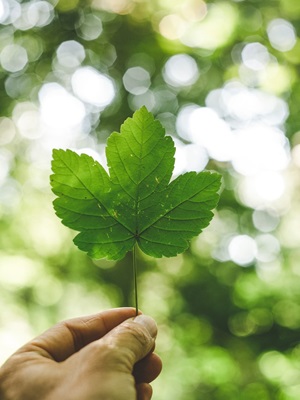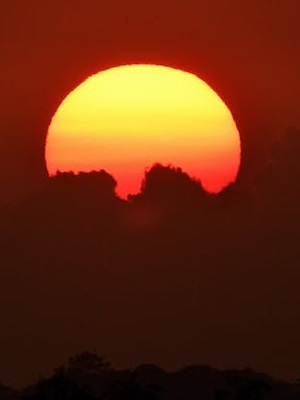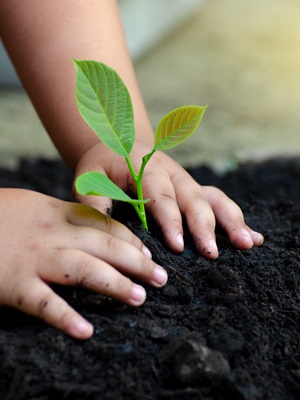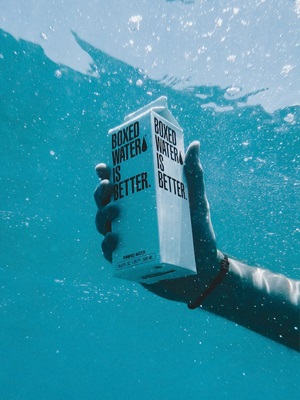In 2021, a sensational Facebook post and ensuing article about the behaviours of some visitors to the intertidal zone attracted nation-wide attention and spotlight.
1. Rainfall and extreme weather
Climate change has in recent years slowly increased the intensity and frequency of heavy rainfall events in Singapore. Although these rainfall events are arguably also human-caused, virality has a pattern and preference for clear villains and direct causal chains.
Bleached smooth sea cucumber (Acaudina sp.) and pink warty sea cucumber (Cercodemas anceps). The C. anceps is still feeding with its tentacles, in the bottom right of the picture!
2. Land Reclamation and Coastal Developments
Drastic as they seem, the bleached intertidal creatures do stand a fair chance of recovery if weather conditions stabilise. A recent study also reassured that only 22 species have been confirmed as invasive species from a compilation of 3,650 marine invertebrates, fishes and plants.
However, marine ecosystems face a longer-term threat. According to the 2013 Land Use Plan, proposed reclamation sites will bury Pasir Ris shores, Pulau Sekudu and Chek Jawa as well as the Changi Beach shores from Carpark 6 to Carpark 7, by 2030. As the summary report by local environmental advocates @LepakinSg notes grimly, we need to protect the shores of Singapore, not just from indiscriminate handling, but also from irreversible reclamation and development.
Land reclamation has already led to the loss of over 95% of our mangroves, 60% of our coral reefs and many of our original coastlines. With land reclamation being very much part of Singapore's national narrative, a conversation about land reclamation’s discongruity with human and environmental well-being is a tricky one to hold. I pen more thoughts about land reclamation here.
Invasive species are so named because they often can multiply rapidly and compete with native species for resources such as food and shelter. A clear example in local waters is the American brackish-water mussel (Mytella strigata). While studies on their impact on local ecology are ongoing, there is concern that the dense mats of M. strigata in the Kranji mudflats would reduce the amount of space available for the endangered horseshoe crabs to burrow into the sand for seeking shelter and laying its eggs. At the same time, the effect of M. strigata in displacing the native Asian green mussel is unclear, which could have an economic impact to local fish farms that culture, harvest and sell them.
4. Marine Litter and Debris
As an intertidal guide, something I am sadly quite used to is the sight of trash. This is another example of a ‘slow violence’ problem. Trash is harmful in two ways to animals - wildlife could eat and subsequently suffocate or get entangled in them, which causes severe injuries and deaths. Trash could also get mistaken for food, and in excessive amounts, the animal could die from starvation as their stomachs are filled up with plastic debris rather than proper nutrition.
Of course, as ecosystems are interconnected, it comes back to us: when plastics begin to break down in the sea, they release toxic substances and micro-plastics that could enter the food chain via our seafood, and affect our body’s internal systems in unknowable, indeterminable ways.
Concluding thoughts
Posted 20/03/2024

















